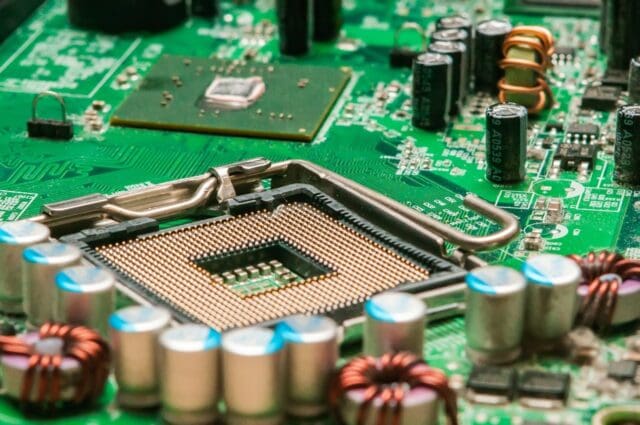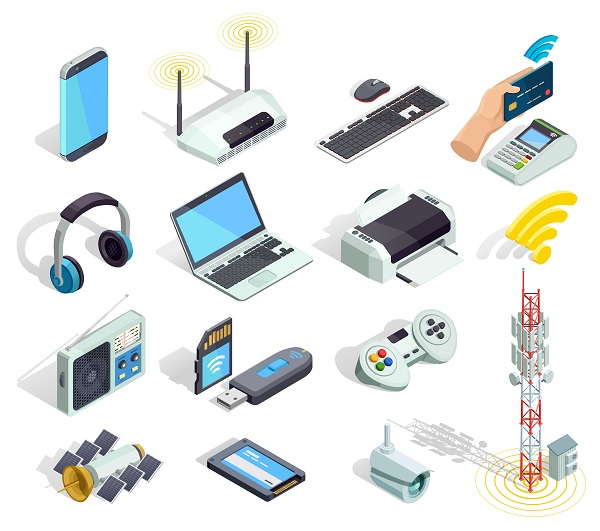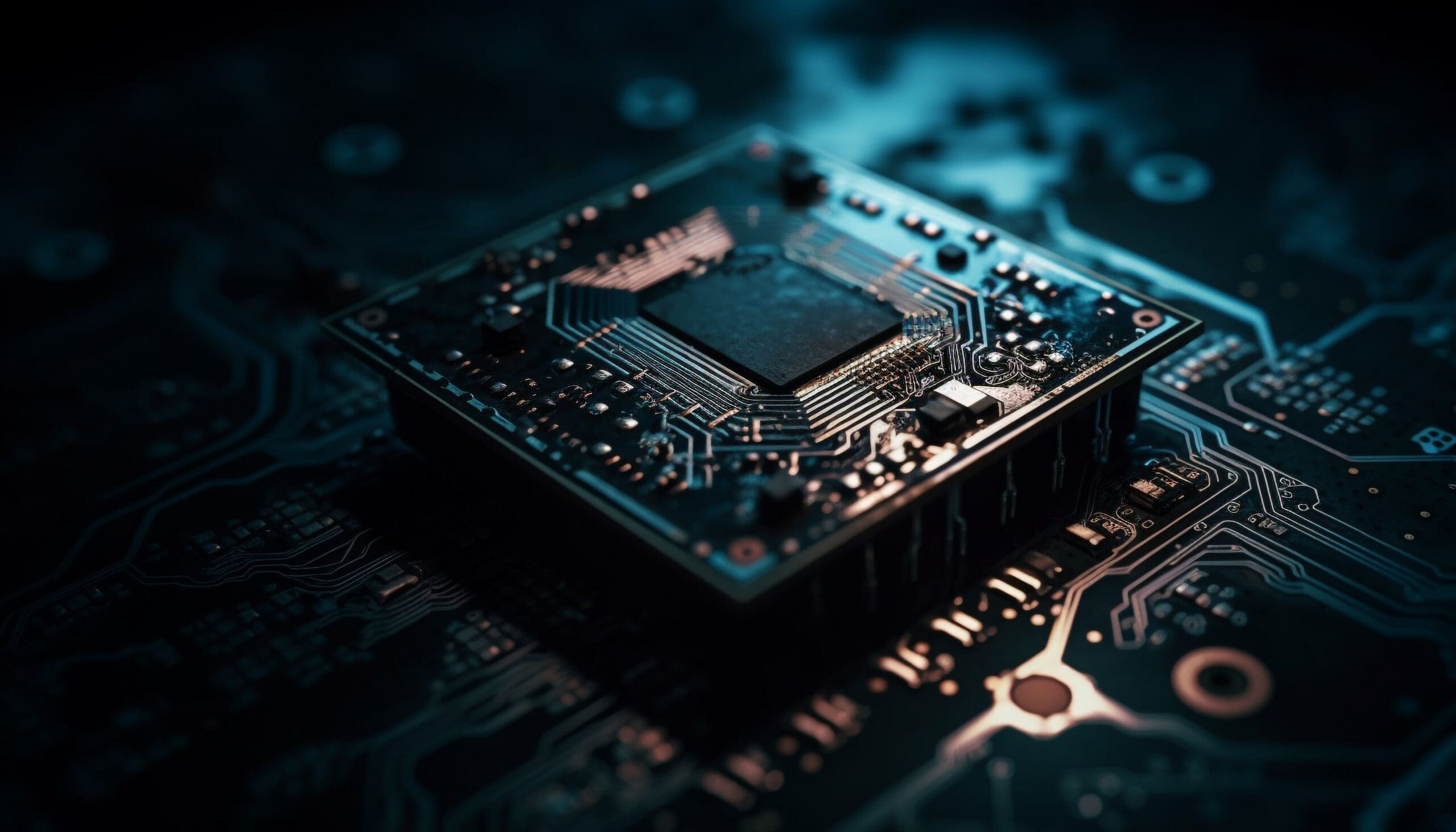What is an Electronic Component?
Un electronic component It is a fundamental part of an electrical or electronic circuit that performs a specific function in manipulating or controlling electrical signals. These components can be passive (such as resistors and capacitors) or active (such as transistors and integrated circuits), and play an essential role in building electronic devices and systems.
Most used electronic components
These are just a few examples of Electronic components common, and there are many other types and variations. Choosing the appropriate electronic components depends on the specific needs of the circuit or device being designed.
Electronic components can be classified into various categories based on their function and characteristics. Below, we show you a list of the types of electronic components:
- Passive Components:
- Resistance (R): Resistors are passive devices that limit the flow of electrical current in a circuit. They are measured in ohms (Ω) and are used to control current in a specific part of the circuit, divide voltage, and establish impedance relationships.
- Capacitor (C): Capacitors store energy in the form of electric charge in an electric field between their plates. They are used to filter signals, block direct current, temporarily store energy and smooth voltage variations.
- Coil (Inductor): Coils or inductors store energy in the form of a magnetic field when an electric current flows through them. They are used in filters, power converters and oscillator circuits.
- Active Components:
- Transistor: Transistors are active devices that can amplify signals or switch current in a circuit. Bipolar transistors (NPN and PNP) and field effect transistors (FET) are common examples.
- Diode: Diodes allow current flow in only one direction and block in the opposite direction. They are used to rectify signals, protect circuits, and emit light in light-emitting diodes (LEDs).
- Zener diode: Regulates voltage and maintains a constant voltage in a circuit.
- Integrated Circuit (IC or IC): Integrated circuits contain multiple electronic components on a single chip. They can be logic (such as microcontrollers), operational amplifiers, voltage regulators, among others.
- Switches and Control Devices:
- Switch: Switches are devices that allow an electrical circuit to be opened or closed. They come in various types, such as toggle switches, pushbuttons, and more.
- Relay: Relays are switches controlled by an electromagnetic field and are used to control high voltage or current loads with a low voltage circuit.
- Potentiometer: Potentiometers are variable resistors used to adjust the level of a signal, such as the volume on audio equipment.
- Programmable Logic Controller (PLC): Used in industrial automation systems to control processes.
- Data Storage Elements:
- RAM: Temporarily stores data while the device is on.
- ROM memory: Stores data permanently and non-volatile.
- Flash Memory: Used to store programs and data on electronic devices.
- Connection Components:
- Connector: Used to connect cables, components or modules to a printed circuit board.
- Screw Terminal or Terminal Block: Used to connect cables in high current or voltage applications.
- Embedded:
- Temperature sensor: These sensors detect and measure the temperature in your environment. The most common temperature sensors are thermistors (which change their resistance with temperature) and silicon temperature sensors (which generate a signal proportional to temperature).
- Light Sensor (Photodiode and Phototransistor): Light sensors detect the intensity of light in your environment. Photodiodes and phototransistors convert light into an electric current proportional to the light intensity.
- Proximity sensor: These sensors detect the proximity or presence of objects without physical contact. Ultrasonic, infrared, or capacitive proximity sensors are common examples.
- Motion Sensor (PIR – Passive Infrared): PIR sensors detect changes in heat emitted by moving objects in their field of view. They are used in security and lighting control systems.
- Pressure sensor: Pressure sensors measure the pressure of a fluid or gas in its environment. They can be piezoelectric, capacitive or based on other principles.
- Humidity sensor: These sensors measure the humidity of the air or an environment. Capacitive and resistive humidity sensors are common.
- Action Elements:
- Electric motor: Converts electrical energy into mechanical movement.
- Speaker: Converts electrical signals into sound.
- LED (Light Emitting Diode): Emits light when electric current is applied to it.
- Communication Elements:
- Antena: Used in wireless devices to transmit or receive signals.
- Transceiver: Combines transmit and receive functions in a single component.
- Power Supply Elements:
- Transformer: Converts alternating current (AC) voltage.
- Voltage regulator: Maintains a constant voltage at the output.
- Quartz crystal: Used in oscillators to generate accurate clock signals.
These are some of the types of electronic components, but the diversity of components available in the electronics field is vast and continues to evolve over the years to meet the needs of a wide variety of applications. Each component plays an important role in the creation and operation of electronic devices.
If you have any questions about this article from Revista Española de Electronica about electronic components, you can contact us through the form on the website.







